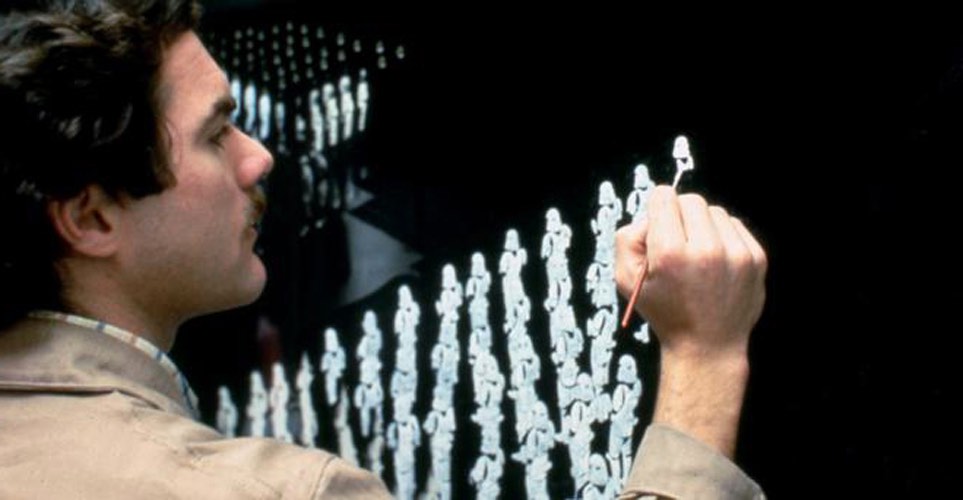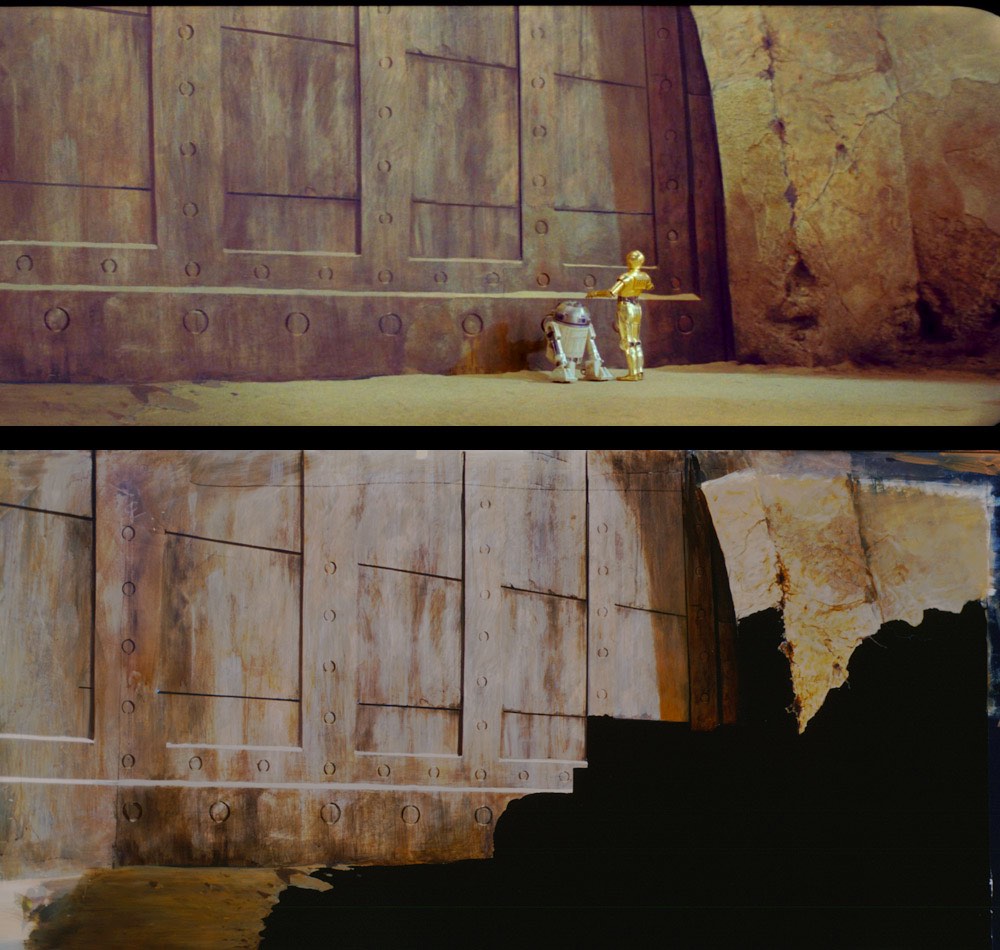 By Christian Jarrett
By Christian Jarrett
The US psychologist Walter Mischel famously tested children’s ability – aged four to six – to delay immediate gratification with his “Marshmallow Experiment”. It’s become a classic, not least because the children who were better at resisting one marshmallow now, for the promise of two if they waited, went on to enjoy more success in adult life. Mischel also showed that children with stronger willpower used better distraction strategies, such as looking away or covering their eyes. Now a group of Polish psychologists have extended this line of inquiry to toddlers.
The findings, published in Infant Behaviour and Development, show that individual differences in self-control are already apparent at the tender age of 18 months. The study also reveals how self-control develops through the second year of life, and it shows the kind of toddler behaviours that were correlated with stronger willpower.
Marta Bialecka-Pikul and her colleagues at Jagiellonian University recruited hundreds of toddlers and their parents. At 18 months, each toddler sat on his or her parent’s lap at a desk upon which was a corn puff treat – a hit with toddlers in Poland – under a transparent cup. The female experimenter got up and asked the toddler to wait for the treat until she returned to the room, which she did after 60 seconds. The parent was not allowed to intervene. The researchers videoed what happened while they were gone. At 24 months, the procedure was repeated, but the toddlers had to wait 90 seconds, and now the treat was tailored to their latest tastes, such as a jelly baby or chocolate.
One hundred and thirty toddlers took part at both time points. At 18 months, 23 per cent of them successfully waited 60 seconds. At 24 months, 55 per cent of them successfully waited 90 seconds (it seems some toddlers are capable of greater willpower than adults).
There was clear evidence of a developmental trajectory: most of the successful delayers at 24 months had failed to wait at the first test, suggesting they had acquired greater self-control over time. Going backwards was rare: only eight per cent of those who successfully resisted at 18 months failed to do so at 24 months.
Coding the videos of the toddlers’ behaviour while they waited revealed 20 different types of behaviour, including: looking at, touching, playing with, and talking about the treat, as well as looking around, fidgeting, being noisy and touching themselves or their parent. Bialecka-Pikul and her team said these behaviours could be grouped into four main categories: attentional and movement based; communication; focusing on or acting on the treat in some way; and non-specific, such as fidgeting and making noises.
The “attention and movement” category of behaviours was most strongly correlated with successfully waiting for the treat, at both 18 months and 24 months. “Glancing, looking around, or at other objects, or touching their own bodies turned out to be the set of behaviours that most helped children to succeed while waiting,” the researchers said, adding that it “explained 61 to 70 per cent of the variance in the time of delay [i.e. how long the toddlers were able to wait]”.
At 24 months compared with 18 months, the children showed less focus on the treat, while they increased in the other kinds of behaviour. Also, the biggest difference between those toddlers who gained the ability to delay gratification between 18 months and 24 months and those who didn’t was that the newly successful delayers started showing more attention and movement related behaviours than they had earlier.
“It can be supposed that the increase in the ability to delay gratification was due to overcoming temptation by using an active strategy mainly based on the first signs of effortful attention,” the researchers said. “This result confirms the importance of such a set of behaviours for effectively delaying gratification”. Perhaps worth reminding yourself of these strategies the next time you reach for the cookie jar.
—Waiting for a treat. Studying behaviors related to self-regulation in 18- and 24-month-olds
Christian Jarrett (@Psych_Writer) is Editor of BPS Research Digest

 By
By 














 By
By 

